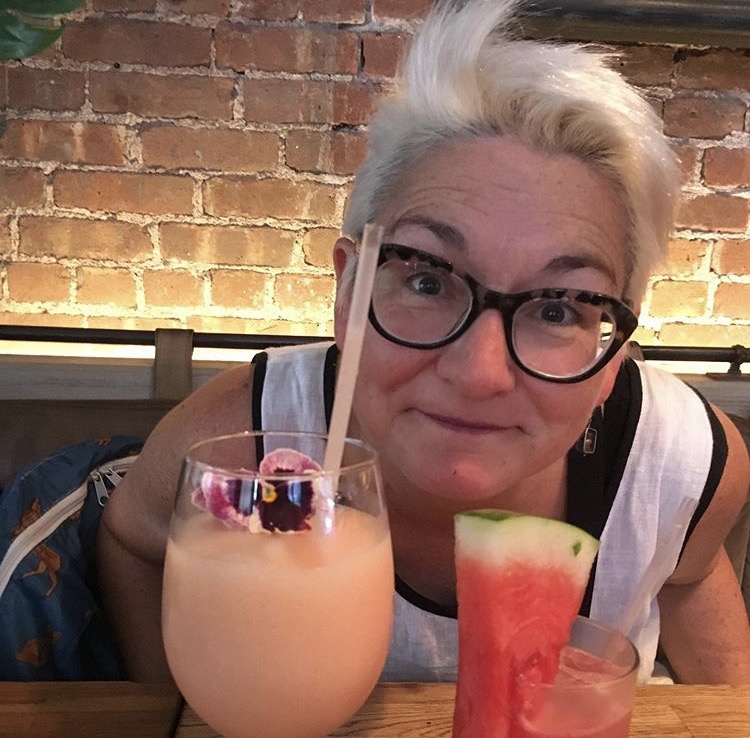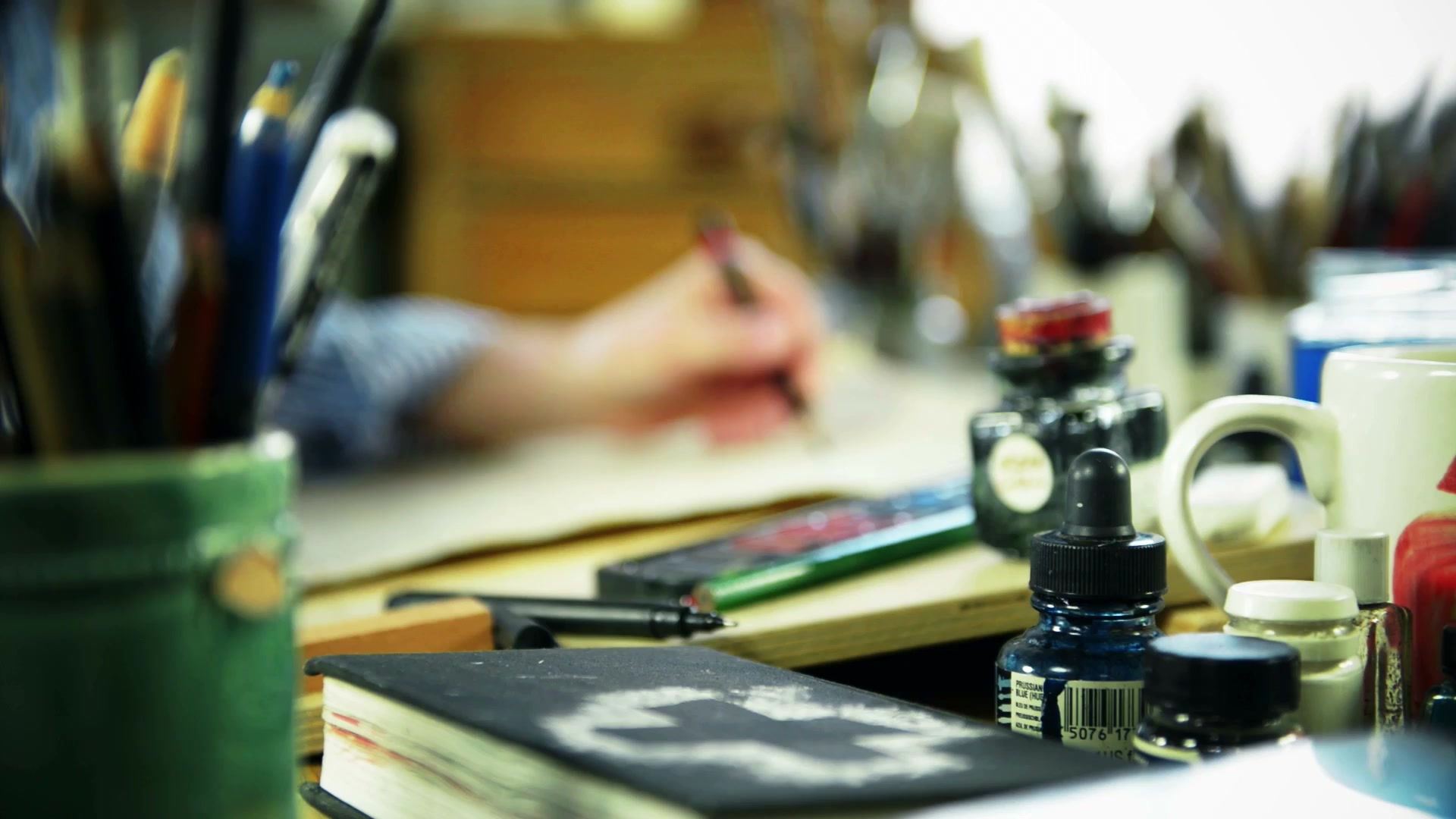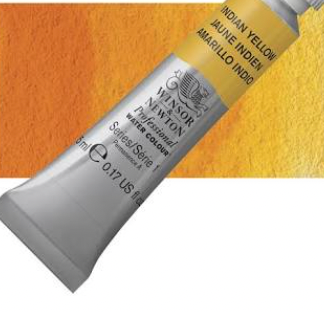Color Me!
- Jean Link

- Aug 4, 2021
- 3 min read
Updated: Apr 27, 2023
Why don't we use Color Theory more often?
Most of us in the arts are kinesthetic and visual learners, so pulling together colors in fashion, knitting, and fiber arts is a natural fit by allowing us to touch the colors and move them around to find what we love. Color theory is a way to do just that, pull together some colors and understand why we like one grouping more than another.
Once I found a few tips to manage how I gathered those groupings of color, color theory did not scare me any more. But I still rarely pull out those tools when thinking about my next project.
How to play with color - grab your stash!
#1 Start with great fiber, yarn, or fabric. You’ll get better results quicker, and more easily. You will enjoy the feel, drape, and textures of natural materials longer than you will an acrylic, nylon, or polyester. Trust me. There is a reason why Halston designed with silks and not acrylics.

#2 Try a limited palette. Fewer piles of yarn/fiber/fabric are easier to control when you’re starting on a plan for colors in a design. It’ll also be easier to keep your color schemes harmonious when you’re starting from these paint-color primaries. put three together and remove and replace as you try new combinations.
#3 Use the Four Aspects of Color,
1. hue, 2. value, 3. intensity and 4. temperature to organize your play - Ask and answer your own questions: Why does one color look "better" with another?

1. Hue – the color’s position on the spectrum, the wavelength of the light (the color name - ie. Red)

2. Value – the lightness or darkness of a color! From black, through grey to white, from a night’s Blue sky through Blue waters to fluffy blue-tinged clouds, from Red blood through Red cheeks to the palest pink flamingo.

3. Intensity – the brightness or dullness of a color. Color intensity scales aren’t created by adding black or white — they’re made by pairing complimentary colors. The easiest way to find those pairs is by looking at a color wheel: complementary colors are opposite each other. Notice how their "muddy" mixes are different and work well with those colors?

4. Temperature – the apparent warmth or coolness of a color. In other words, when in doubt, you can determine if a color is warmer or cooler by asking yourself if it is more yellow (warm) or more blue (cold). Warmth / Coolness of the color is also a comparison - ie. orange is warmer than green even though both have yellow in them.
#4 Create color harmony (the pleasing relationship of hues) by picking a definite color scheme and deciding upon your colors before beginning your work. That's why we're here! By using a color scheme, you’re selecting hues intentionally and being sensitive to how they interact with each other.
Try this free color generator from your own photos.
And if you decide ahead, you’ll know how the colors are going to interact with each other and make design decisions before, not during the knitting, sewing, crocheting… process. Use those doubts, and ideas of "I should have used this" as inspirations - write them down and pick them up again on the next project.
#5 Use strong contrast in value. Make sure that there is a significant difference between the values of your colors to create some fun, and another tool to be played with, the illusion of depth will be created by strong contrasts in value. If you’re having trouble seeing the true value of the color you’re observing, try snapping a quick photo and converting it to greyscale. It may surprise you what it will take to change the value.

#6 Use textures. Think: silks show color differently than a rough wool does.

#7 The Secret Sauce: Don’t forget the neutral colors. They make the intense colors sing. In other words, don’t forget to use contrast in intensity as well as the others.






















Comments